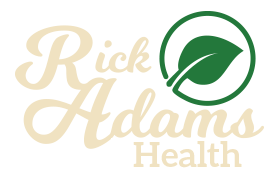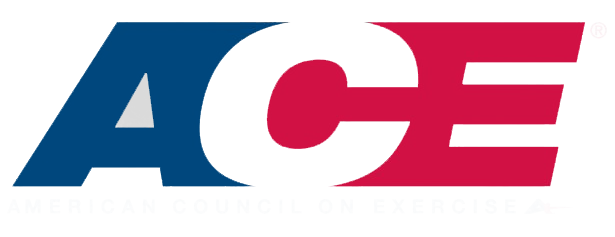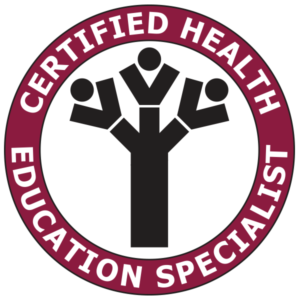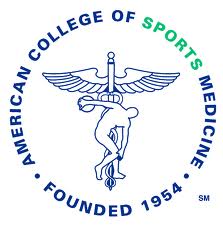Natural Foods to Improve Blood Pressure
Heart disease is the number one cause of death worldwide. One of the largest causes of heart disease is due to long term high blood pressure. In my last blog, I addressed the issues that high blood pressure can cause and what foods can increase your risk of high blood pressure. Today we will focus on natural foods that may improve blood pressure that are simple to add to most anyone’s eating habits.
Cinnamon
One of my personal favorite spices is cinnamon, due not only to its great flavor but also to its perceived health benefits. Early studies have shown it’s a natural source to assist in managing high blood pressure. It has shown to improve systolic blood pressure (blood pressure when the heart is contracting) and, to a lesser extent, diastolic blood pressure (blood pressure when the heart is between beats). Greater improvements were seen in people with Type I & Type II diabetes (Akilen).
Beet Juice
Studies have shown that beet juice can also assist in improving blood pressure. The nitrate in the beet juice is converted within the body into nitrite, which helps vasodilate (widen) blood vessels that reduce overall blood pressure. Beet juice has been shown to be part of a ‘”natural’ low-cost approach for the treatment of some cardiovascular disease” (Webb). The particular study showed improvement in one to two hours after volunteers ingested beet juice. The study used two cups of beet juice before each test, so consuming enough juice in an ordinary day seems quite reasonable.
Cayenne Pepper
Another spice that studies have shown may improve blood pressure is cayenne pepper. It contains a natural chemical compound called capsaicin that promotes vasodilation as well as improvements in sodium retention, both of which lead to improved blood pressure (McCarty). About a half teaspoon of cayenne pepper in water can help improve blood flow and assist in removing excess sodium from the body. Cayenne pepper can be used on a wide variety of foods to add flavor and assist in improved heart health.
Making a change to improve your dietary health and heart health does not have to be difficult. All of these items can be easily added to most regular dietary habits. Cinnamon and cayenne pepper can be added to food items or just combined with water to drink. Beet juice can be had with a meal or between meals. Small, simple changes and additions can make an impact, improve your overall health, and assist in managing healthy blood pressure.

CHES, ACE Health Coach, AFPA Nutrition & Wellness Consultant
References
- Akilen, Pimlott, Tsiami, Robinson N. “Effect of short-term administration of cinnamon on blood pressure in patients with prediabetes and type 2 diabetes.” https://www.ncbi.nlm.nih.gov/pubmed/23867208. October 23, 2013. Vol 29, Issue 10.
- McCarty, Dinicolantonio, O’Keefe. “Capsaicin May Have Important Potential for Promoting Vascular and Metabolic Health.” http://openheart.bmj.com/content/2/1/e000262. June 17, 2015.
- Webb, Patel, Loukogeorgakis, Okorie, Aboud, Misra, Rashid, Miall, Deanfield, Benjamin, MacAllister, Hobbs, Ahluwalia. “Acute Blood Pressure Lowering, Vasoprotective, and Antiplatelet Properties of Dietary Nitrate via Bioconversion to Nitrite.” http://hyper.ahajournals.org/content/51/3/784. February 20, 2008.





